
Lymphedema
Lymphedema is swelling of a body part, most often the arms and legs. It may also occur in the face, trunk, abdomen, or the genital area. Lymphedema is the result of an accumulation of protein-rich fluid in the superficial tissues. Once present, this chronic and progressive condition will not disappear. As of now, there is no known cure for lymphedema.
Causes:
Lymphedema is classified as either primary or secondary. Primary lymphedema is caused by congenital malformations of the lymphatic system that may be present at birth or develop later in life, often in puberty or during pregnancy. Primary lymphedema usually presents in the legs but may also be present in the arms.
Secondary lymphedema is more common and often the result of surgery, chemotherapy, or radiation therapy for cancer. Surgical procedures, such as mastectomies or lumpectomies with the removal and/or radiation of lymph nodes, are a very common reason for the onset of secondary lymphedema in the United States. Other causes include trauma or infection of the lymphatic system. Severe circulatory problems may also contribute to the onset of lymphedema.
Symptoms of lymphedema:
Lymphedema may present early on (Stage 1) as a heaviness in the leg or arm or intermittent swelling of a body part. Initially the swelling may be reduced with elevation. Without proper treatment however, the protein rich swelling causes a progressive hardening of the tissues of the involved area. This condition is known as lymphostatic fibrosis and is present in Stage 2 lymphedema. Other complications such as fungal infections, additional hardening of the affected area, and an extreme increase in size of the arm or leg may occur if your disease progresses (Stage 3).
Treatment: The gold standard for treatment of lymphedema is Complete Decongestive Therapy (CDT).
https://oncologypt.org/wp-content/uploads/2020/02/Lymphedema-Fact-Sheet-for-Consumers.pdf
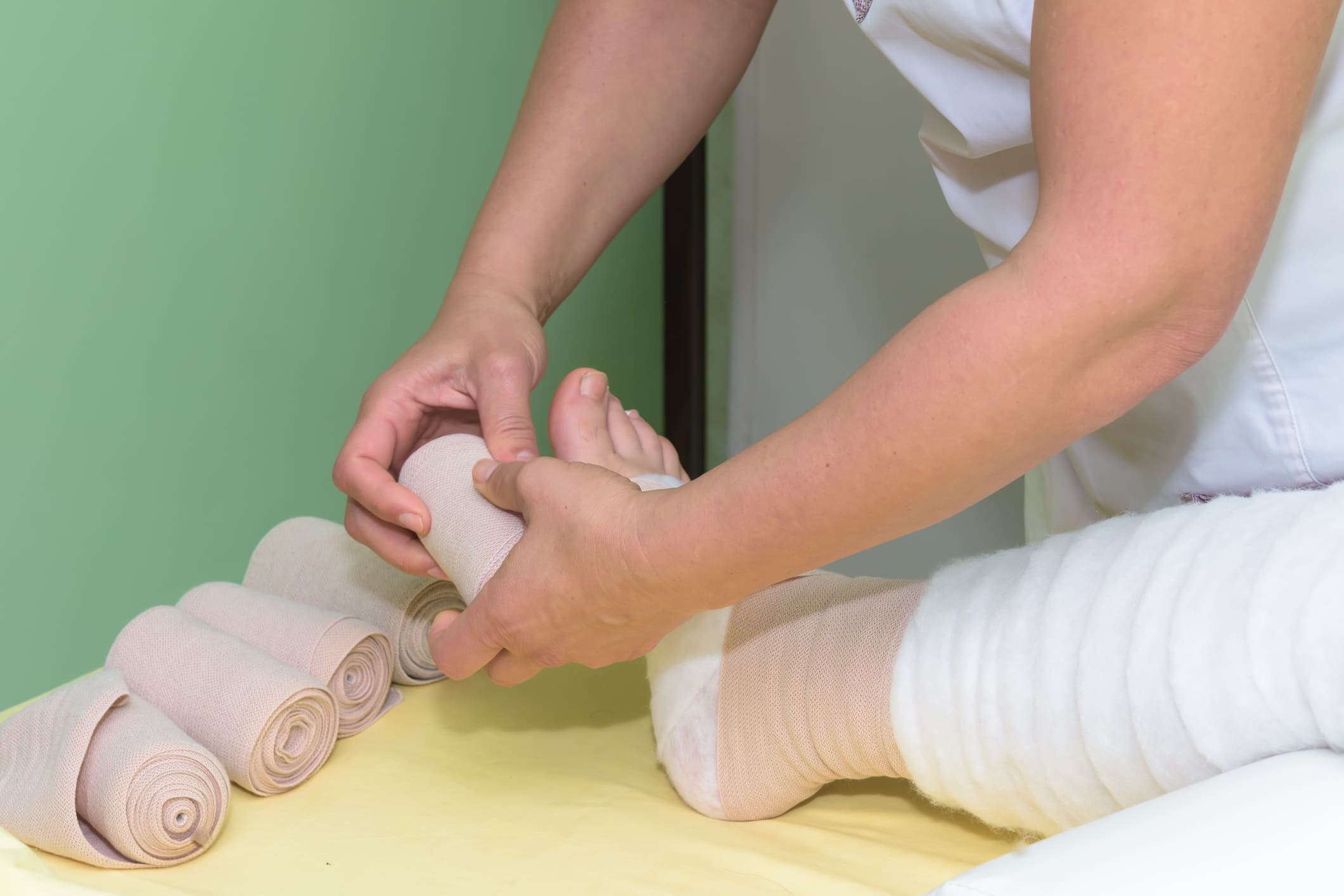
Lipedema
Lipedema is a symmetrical buildup of fat tissue in the arms and legs. Lipedema is a chronic condition and presents with areas underneath the skin that feel like peas or walnuts. Pain is usually associated with lipedema. Symptoms also include easily bruising and fatigue. Lipedema can sometimes lead to lipolymphedema which occurs when lymphedema and lipedema present together. Both lipedema and lipolymphedema can be treated with Completed Decongestive therapy (CDT).
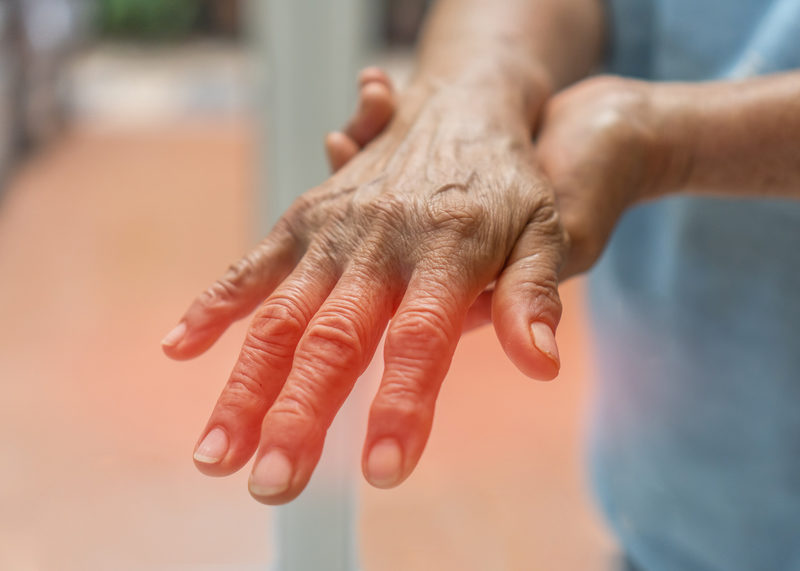
Chemo Induced Peripheral Neuropathy (CIPN)
CIPN occurs when chemotherapy drugs used to treat cancer damage the nerves that run to your hands and feet. Symptoms may include numbness, tingling, or burning/stabbing in hands or feet. It may cause balance problems and difficulty managing buttons, writing, or picking up objects. Weakness can also be present in hands, feet, and ankles. In severe cases foot drop (difficulty clearing the foot when walking) may be present. Cold laser therapy, stretching, strengthening and balance training can assist you in managing these symptoms.
Common chemotherapy agents that are known to have CIPN as a possible side effect are:
Taxanes (Taxol, Taxotere, Abraxane)
Vinca Alkaloids (Vincristine, Vinorelbine)
Platinum compounds: (Cisplatin, Carboplatin, Oxaliplatin)

Breast Cancer
Treatment for breast cancer may include surgery, radiation, hormonal therapy, and/or chemotherapy. Ribbons Physical Therapy can assist you with managing side effects that commonly occur with breast cancer treatments. We offer a surveillance program where you are seen about every 3 months. Initially, you will be seen preoperatively or early after your surgery and obtain base line measurements of your arms so that should you develop swelling (lymphedema) it can be diagnosed early and have a much better outcome. We will also screen for any musculoskeletal issues that may arise such as shoulder pain or shoulder blade weakness that is common after breast surgery. Addressing these issues as they arise require much fewer visits to a rehab professional and can prevent such conditions as a frozen shoulder in the future. If radiation is included in your treatment plan, we can teach you techniques to decrease or prevent radiation fibrosis. If hormonal therapy is part of your treatment plan, we can instruct you in a home exercise program to strengthen your bones as osteoporosis/penia can be a side effect. Chemo and/or radiation can cause fatigue. Studies show exercise is safe to perform during and after completing your treatments as well as assist you in combating fatigue. Your program will be individualized to address your needs specifically.
https://www.breastcancer.org/treatment

Melanoma
Treatment for melanoma may include surgery, radiation, immunotherapy, and/or chemotherapy. Ribbons Physical Therapy can assist you with managing side effects that commonly occur with melanoma treatments. We offer a surveillance program where you are seen about every 3 months. Initially, you will be seen preoperatively or early after your surgery and obtain baseline measurements of your affected arm or leg where your lymph nodes under your arm are removed so that should you develop swelling (lymphedema) it can be diagnosed early and have a much better outcome. We will also screen for any musculoskeletal issues that may arise such as leg or arm weakness, shoulder or hip pain, or shoulder blade weakness that is common after melanoma surgery. Addressing these issues as they arise requires much fewer visits to a rehab professional and can prevent such conditions as a frozen shoulder in the future.
https://www.skincancer.org/skin-cancer-information/melanoma
Head and Neck Cancer
Treatment for your head and neck cancer may include surgery, radiation, and/or chemotherapy. Ribbons Physical Therapy can assist you with managing side effects that commonly occur with head and neck cancer treatments. We offer a surveillance program where you are seen about every 3 months. Initially, you can be seen early after your surgery and obtain base line measurements of your head and neck so that should you develop swelling (lymphedema) it can be diagnosed early and have a much better outcome. We will also screen for any musculoskeletal issues that may arise such as shoulder pain or shoulder blade weakness, or decreased neck motion that is common after some types of head and neck surgeries. Addressing these issues as they arise require much fewer visits to a rehab professional and can prevent such conditions as a frozen shoulder in the future. We can instruct you in neck and jaw range of motion exercises to assist you in preventing loss of range of motion that sometimes occurs because of radiation fibrosis that can be a side effect of radiation treatments.
https://oncologypt.org/wp-content/uploads/2020/02/HNC-Fact-Sheet-for-Consumers.pdf
https://www.cancer.gov/types/head-and-neck/head-neck-fact-sheet
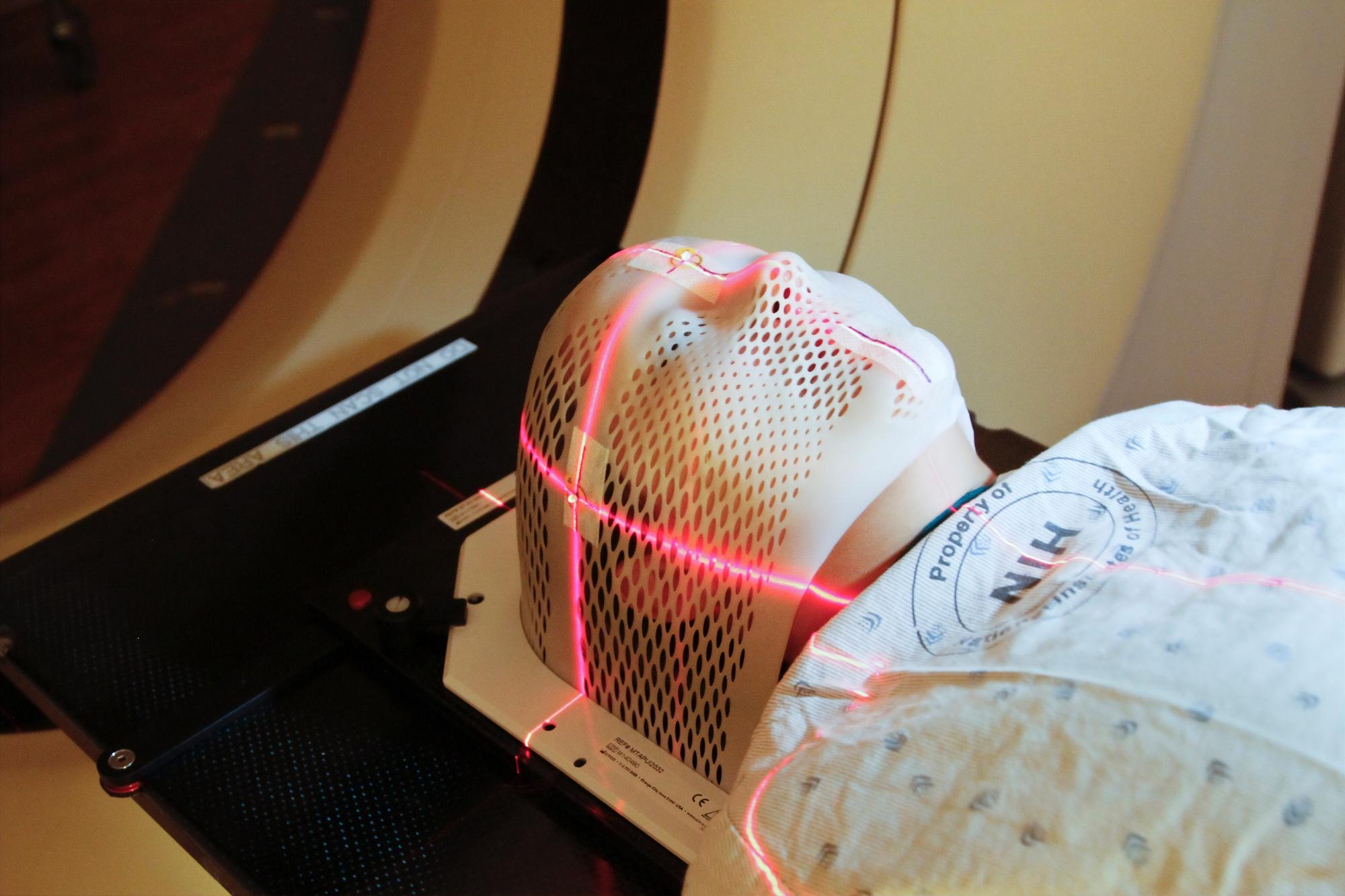
Radiation Fibrosis
One long-term side effect of radiation therapy for cancer patients is radiation-induced fibrosis, more commonly referred to as radiation fibrosis syndrome (RFS). Symptoms of this disease can begin appearing weeks to months after treatment and severity of disease generally correlates with increased and prolonged doses of targeted radiation.[i] Radiation is commonly used to treat cancer patients. Radiation kills cancer cells and can also affect healthy cells within the treatment field. Radiation can cause an increased production of fibrin. Fibrin is a protein found in the body that builds up and causes damage in radiated tissue over time. Radiation fibrosis can affect any tissues in the radiation field. This damage can cause shortening of tissues, atrophy of muscle, bones to become weak and brittle, and lymphedema. Patients may notice signs and symptoms of RFS anywhere from a few weeks to years after treatment has ended. These symptoms will get worse over time. Patients being treated with radiation for head and neck cancer are at a higher risk of developing radiation fibrosis syndrome (RFS). This is because they often receive high doses of radiation to parts of the body that are used for activities of daily living. Some of the side effects of radiation fibrosis syndrome in the head and neck cancer population include decreased ability to fully open the mouth (trismus), neck pain and tightness (cervical dystonia), lymphedema (swelling), and difficulty with speech and swallowing. The treatment for RFS depends upon the symptoms and side effects the patient is having. Understanding the mechanisms of RFS-induced changes is essential to developing effective strategies to prevent long-term disability and discomfort following radiation therapy. Physical therapy, occupational therapy, speech and swallow therapy, and surgery may all play a part in treatment for RFS. Cancer rehabilitation specialists can be helpful in managing radiation fibrosis, though these specialists are not available everywhere.[ii] Fortunately Ribbons Physical Therapy has therapists trained in managing the effects for RFS and lymphedema. Our therapists are Certified Lymphedema therapists and we only treat the cancer and lymphedema patient populations.
[i] https://www.biomodels.com/disease-areas/fibrosis/radiation-fibrosis
[ii] https://www.ahns.info/survivorship_intro/radiation-fibrosis/

Cancer Related Fatigue (CRF)
CRF is the most common complaint of those affected by cancer and cancer treatments. It can affect you during treatment, after completing treatment, in advanced disease, or in remission. CRF is less likely to be relieved by rest. Signs and symptoms of CRF may be feeling tired even though you sleep well at night, lack of energy that is present even with little activity level, limiting social activities due to tiredness, napping during the day, & difficulty concentrating on tasks. Studies show that CRF can be relieved with exercise. It is generally safe to exercise during and after completing your cancer treatments. Your exercise program will be individualized at Ribbons Physical Therapy to address your needs, incorporate your goals, and start at your current exercise tolerance level. You may choose to continue your exercise program at home or in a community gym after you complete your sessions with PT. At Ribbons Physical Therapy we only see cancer survivors and lymphedema patients. If you are currently in treatments for your cancer, we understand that some days may not be your best and we can adjust your exercise/activity level to accommodate those days. Our occupational therapy staff can assist you with energy conservation techniques and discuss good sleep hygiene techniques with you.
https://oncologypt.org/wp-content/uploads/2020/02/CRF-Fact-Sheet-for-Consumers.pdf
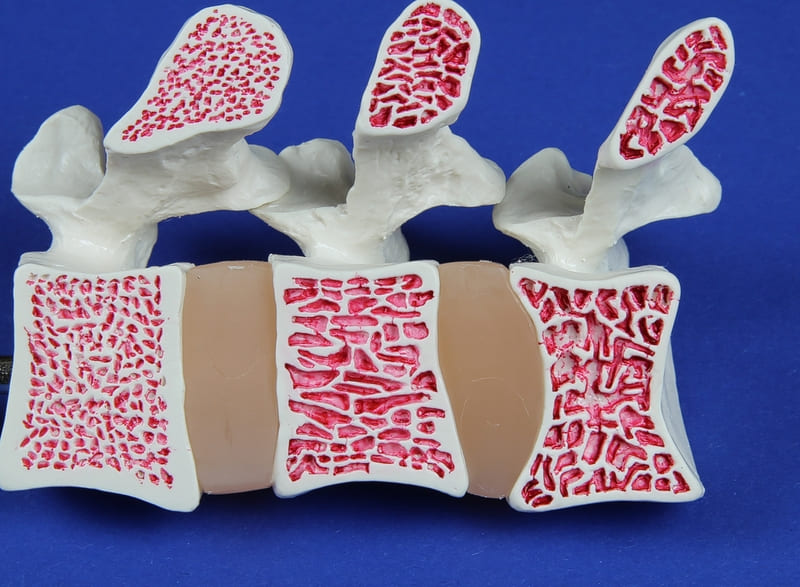
Osteoporosis / Osteopenia
Osteoporosis/osteopenia is a decrease in bone density which makes you at high risk for fractures or bone breaks. Osteoporosis/osteopenia is silent until you experience a fracture and begin to have pain caused by the fracture. The only way to assess your bone density is to have a bone density study or DEXA scan. Your health care provider may order a bone density study if you are placed on a medication that has a high risk for developing osteoporosis such as hormone therapy to treat breast cancer. Ribbons Physical Therapy can design an exercise program specific for you that can assist in increasing bone density and help you to prevent fractures. You will learn proper lifting techniques, proper ways to move to perform your tasks of daily living that will make you less likely to experience a fracture, as well as safe strengthening exercises. Your exercise program can be transitioned to a home exercise program or continued in a community gym if you desire. Typically, our osteoporosis program consists of 4-6 sessions being seen 1x week with instructions to perform your strengthening exercises one time at home before your next PT session.

Chemo Brain
Chemo Induced Cognitive Impairment (CICI) or “chemo brain” can be a side effect of cancer treatments. You may have trouble processing things you did easily before, difficulty with memory, or trouble concentrating. Our occupational therapist will be able to assist you with these symptoms by teaching you compensatory techniques and performing cognitive training tasks with you.
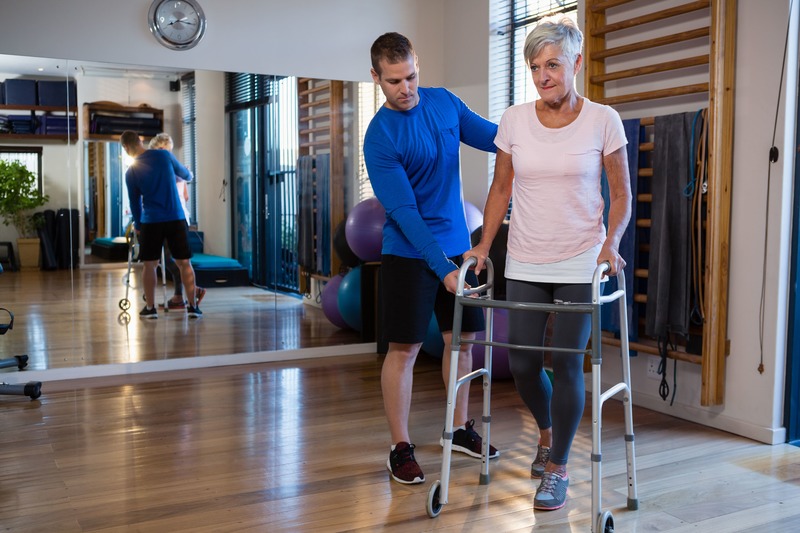
Decreased balance / risk for falls
Cancer patients are at higher risk for falls due to effects of chemotherapy, radiation therapy and generalized weakness/fatigue. Your feet may feel numb which may make you unsteady and unable to adapt to stepping on an object or have more difficulty walking on uneven surfaces such as gravel. Generalized fatigue can make you less aware of your environment causing a fall. Ribbons Physical Therapy staff can assess your strength, balance, and flexibility to determine your needs and assist you with improving your balance. We may recommend walking aids or assistive devices to make you safe at home and decrease your risk for falls.
https://oncologypt.org/wp-content/uploads/2020/02/Balance-Falls-Fact-Sheet-for-Consumers.pdf
